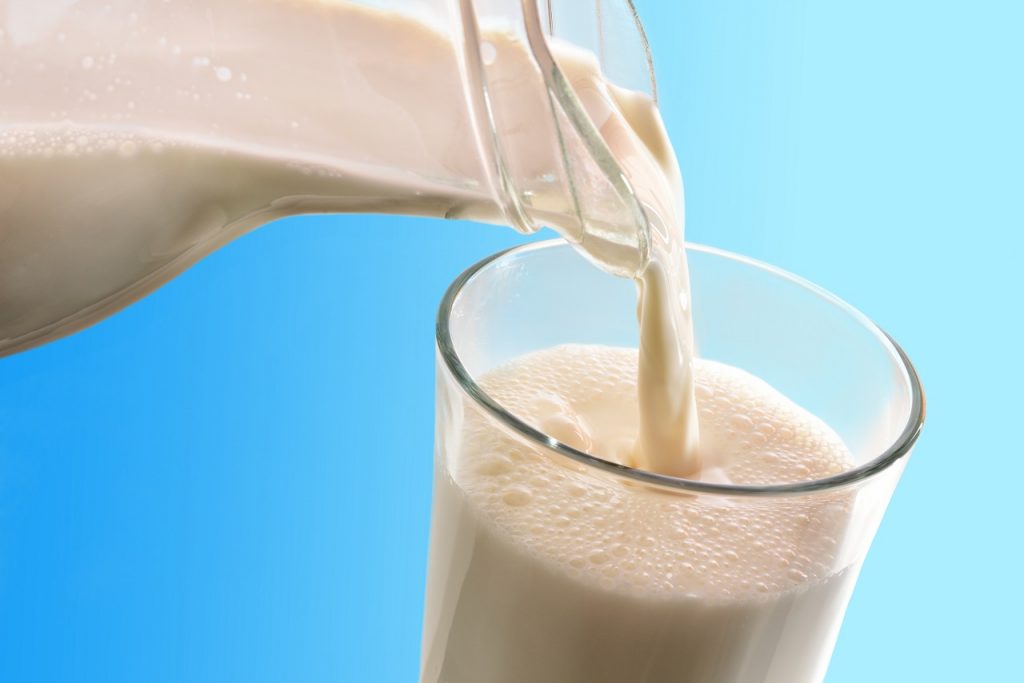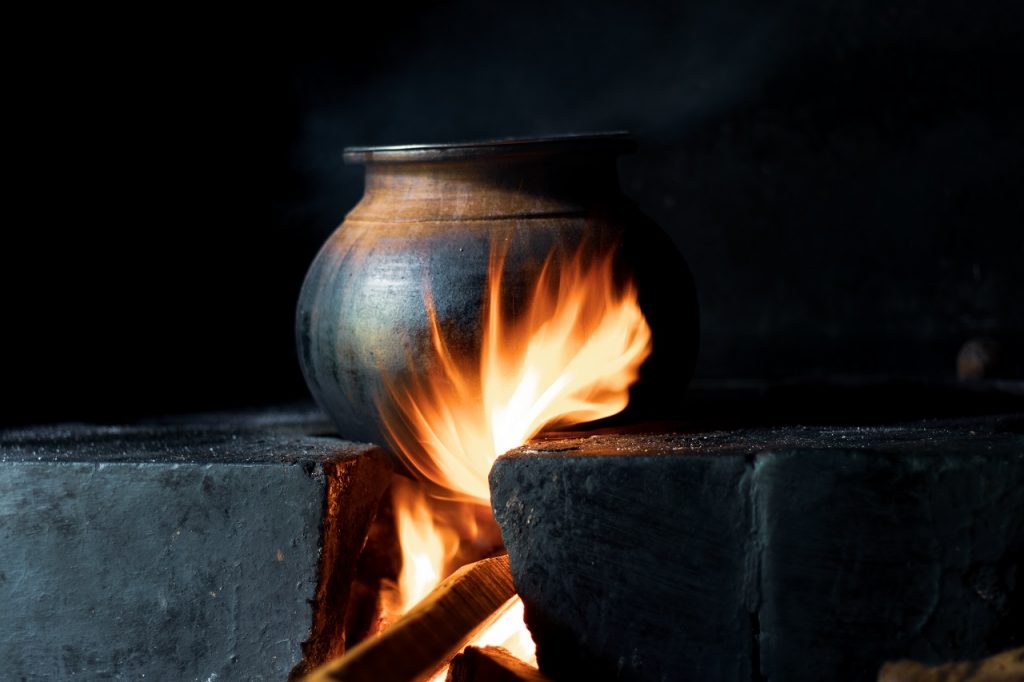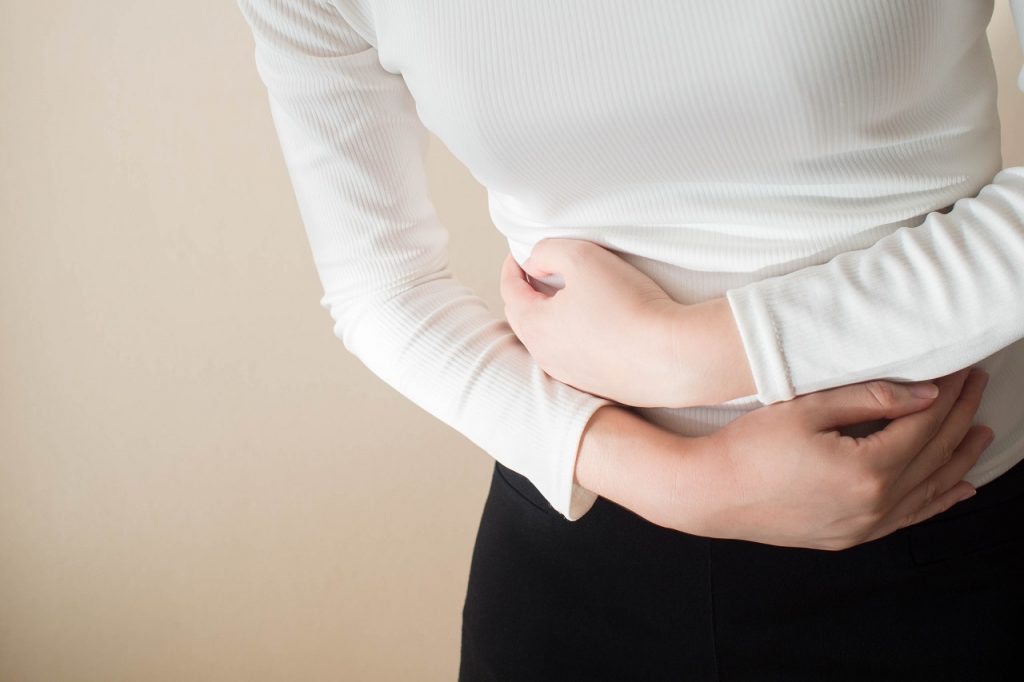
Many of you must have heard about lactose intolerance. When somebody has this condition, milk falls in the list of “don’t” for them. It is a very common digestive problem where the body is unable to digest lactose, a sugar mainly found in milk & most dairy products. What it means is that your body does not have sufficient amounts of the digestive enzyme ‘Lactase’ to break down milk sugar. Lactose free milk is free of these carbs that cause discomfort while providing all the benefits of regular milk.
What is Lactose Free Milk?
Lactose free milk is commercially produced in such a way that it is free of lactose. For this, 3 methods are used:
- Addition of lactase enzyme in the milk which pre digests or breaks lactose into simpler sugars. Thereafter, milk is pasteurized to deactivate lactase to increase milk’s shelf life.
- Passing milk over lactase which is bound to a carrier. Using this method produces the same effect as above, but the enzyme is not present in the milk.
- Mechanical removal of lactose through membrane fractionation & other ultrafiltration techniques while preserving normal flavor of milk.
With the first two methods, breakdown of lactose into simpler sugars gives milk a sweeter taste (as perceived by your taste receptors). But ultra-pasteurized milk tastes different (cooked flavor) due to heat applied during preparation.
What Are the Pros and Cons?
Now that you know what lactose free milk is, you might be wondering if it is good for you. Some reported benefits include:
- Prevents symptoms of lactose intolerance
- Easy to digest
- A little sweeter than regular milk
- Good for bones as calcium & Vit D is the same as before. In fact, some manufacturers fortify it with extra calcium & Vit D
- Low fat versions are good for heart health
- Complete protein profile
Despite its benefits, there are also some cons to it:
- Not suitable for people with dairy allergy
- Not suitable for vegans
- Technically it is a processed food as it is treated with heat & chemicals to make it safe for use
- Sometimes sweeteners may be added by manufacturers
- Presence of simpler sugars due to breakdown of lactose might increase the glycemic index of the product
Difference Between Lactose Free and Dairy Free Milk
While these two sound similar, they actually aren’t. Despite being different from regular milk, lactose free milk is prepared from regular cow milk. Basically, it’s an animal product which still has proteins like whey & casein in it after removing lactose. On the other hand, dairy free milk is a plant based product, made using nuts, seeds, grains & legumes. These milk options are very popular among vegans or people with dairy allergy (immune system’s reaction to proteins in milk) to replace regular milk in different recipes. There is a wide array of dairy free alternatives available in the market these days such as rice milk, almond milk, coconut milk, oat milk, flax milk & soy milk.
So the final take away from lactose free vs dairy free is that something dairy free is automatically lactose free but not vice versa. Now that you know the difference, your choice will be dependent on your health and body! We hope this information helps you. If you have any queries, leave them in the comments section below!
For more information and topics like these, check out Healthy Reads or speak to a certified expert by subscribing to GOQii’s Personalised Health Coaching here.
#BeTheForce






